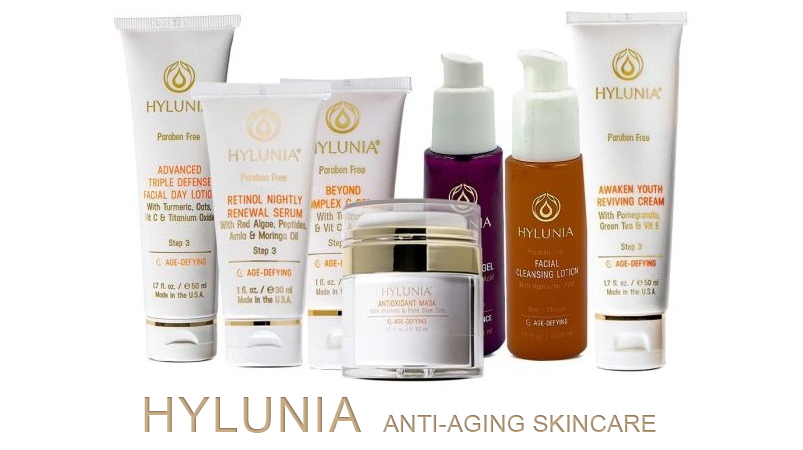
Combination skin is exactly what it sounds like: a mix of dry and oily areas. It often means an oily T-zone (forehead, nose, chin) paired with drier patches on the cheeks. Managing both types in one face can feel like a juggling act, but with the right routine, you can keep your skin balanced and happy. Here’s a guide to finding that sweet spot for combination skin.
Contents
Understanding Combination Skin
Combination skin is unique because it requires handling two different skin needs at once. The oily areas need oil control and gentle care to prevent breakouts, while the dry patches require hydration and support. Let’s look at what causes combination skin and how to manage it effectively.
What Causes Combination Skin?
Combination skin can be genetic, or it may be affected by factors like climate, age, and even skincare habits. Hormones often play a role, influencing oil production in certain areas while leaving others dry. Environmental changes, like seasonal weather shifts, can also trigger different needs across your face.
Signs of Combination Skin
- Oily T-zone, with shine and occasional breakouts
- Dry or flaky patches on the cheeks
- Skin feels tight in some areas but greasy in others
- Products may work well on one area but irritate or underperform on others
If this sounds like you, you’re likely dealing with combination skin. A targeted approach can help you manage both oily and dry areas effectively.
Creating a Balanced Skincare Routine for Combination Skin
With combination skin, a balanced routine is key. The goal is to address the different needs of each area without overwhelming or drying out your skin. Here’s a simple routine that works for most combination skin types.
Start with a Gentle, Balancing Cleanser
Look for a gentle, pH-balanced cleanser that removes impurities without stripping your skin of moisture. Avoid foaming cleansers that can be too drying for your cheeks, and opt for a gel or cream cleanser that can cleanse effectively without disrupting your skin’s balance.
Use a Hydrating Toner
Hydrating toners help keep dry areas moisturized without adding oil to the T-zone. Look for ingredients like hyaluronic acid, which attracts moisture to the skin, or chamomile, which soothes. Avoid alcohol-based toners, as they can irritate dry areas and cause oily areas to overcompensate with more oil.
Apply Lightweight Moisturizer to Your T-Zone
To keep your T-zone balanced, use a lightweight, oil-free moisturizer in this area. Gel-based moisturizers work well for oily areas, as they hydrate without adding shine. Apply only a thin layer to avoid clogging pores or adding extra shine.
Use a Richer Moisturizer on Dry Areas
For your drier areas, like the cheeks, use a richer cream or lotion to provide lasting hydration. You can even apply a second layer on especially dry spots if needed. If you want a one-size-fits-all moisturizer, look for a hydrating yet lightweight cream that doesn’t add excess oil.
Essential Ingredients for Combination Skin
Choosing products with the right ingredients can make all the difference. Look for ingredients that provide hydration and balance without clogging pores or irritating your skin.
Hyaluronic Acid
Hyaluronic acid is a superstar hydrator that works for all skin types, including combination skin. It attracts moisture to the skin without adding oil, making it perfect for dry and oily areas alike.
Niacinamide
Niacinamide, or vitamin B3, is a great ingredient for balancing oil production and reducing the appearance of pores. It’s gentle enough for dry areas and effective enough to control shine in oily spots, making it ideal for combination skin.
Squalane
Squalane is a lightweight oil that mimics the skin’s natural moisture. It hydrates without feeling greasy, making it suitable for both dry and oily areas. It also helps protect the skin barrier, keeping your skin balanced and resilient.
Green Tea Extract
Green tea extract has antioxidant and anti-inflammatory properties that can calm redness and irritation, especially in oily or breakout-prone areas. It’s a gentle way to keep oil under control without drying out your skin.
Targeted Treatments for Combination Skin
Combination skin often benefits from spot-treating certain areas with specific products. Here are some ways to target your skin’s unique needs without overloading it with products.
Apply Clay Masks to the T-Zone
Clay masks, like those with kaolin or bentonite, are excellent for absorbing excess oil in the T-zone. Apply a thin layer to your forehead, nose, and chin once a week, leaving your drier areas mask-free to avoid drying them out.
Use a Hydrating Mask on Dry Areas
If your cheeks feel tight or flaky, try using a hydrating mask once a week. Look for masks with ingredients like aloe vera, hyaluronic acid, or ceramides to lock in moisture and soothe dryness.
Spot-Treat with Salicylic Acid
If you experience occasional breakouts in oily areas, a spot treatment with salicylic acid can help. This ingredient penetrates the pores to clear out excess oil and prevent new breakouts without irritating the surrounding skin.
Additional Tips for Managing Combination Skin
Combination skin can require a little extra care, but a few simple tips can help you keep your skin balanced and comfortable.
Use Blotting Papers as Needed
If you notice excess shine in your T-zone throughout the day, blotting papers can absorb oil without disturbing your makeup or adding more product to your skin. They’re an easy way to keep shine in check without drying out the rest of your face.
Avoid Over-Cleansing
It can be tempting to wash oily areas more frequently, but over-cleansing can strip your skin and cause it to produce even more oil. Stick to cleansing twice a day—morning and evening—to keep your skin balanced without triggering more oil production.
Adjust for Seasonal Changes
Combination skin may feel drier in the winter and oilier in the summer. Adjust your routine accordingly by using richer moisturizers in winter and lighter products in summer. Keep an eye on how your skin feels and make changes as needed.
Patch Test New Products
Combination skin can be tricky, so always patch test new products before adding them to your routine. Apply a small amount to a less visible area of your skin, like your jawline, and wait 24 hours to check for any reaction.
Taking care of combination skin may require a little extra attention, but with the right products and techniques, you can achieve a balanced, healthy complexion. Focus on gentle, hydrating ingredients that address both oily and dry areas, and listen to your skin’s needs as they change. With a bit of consistency, your skin will thank you.

